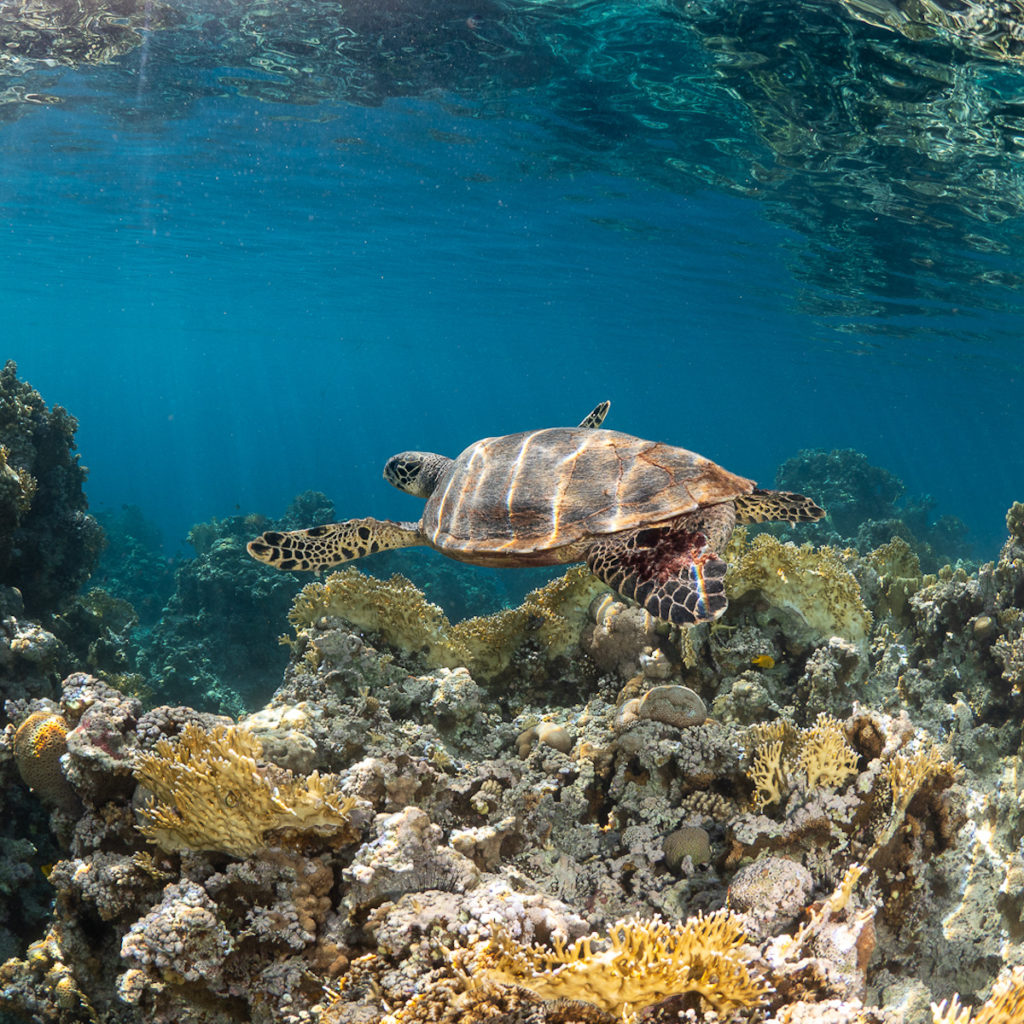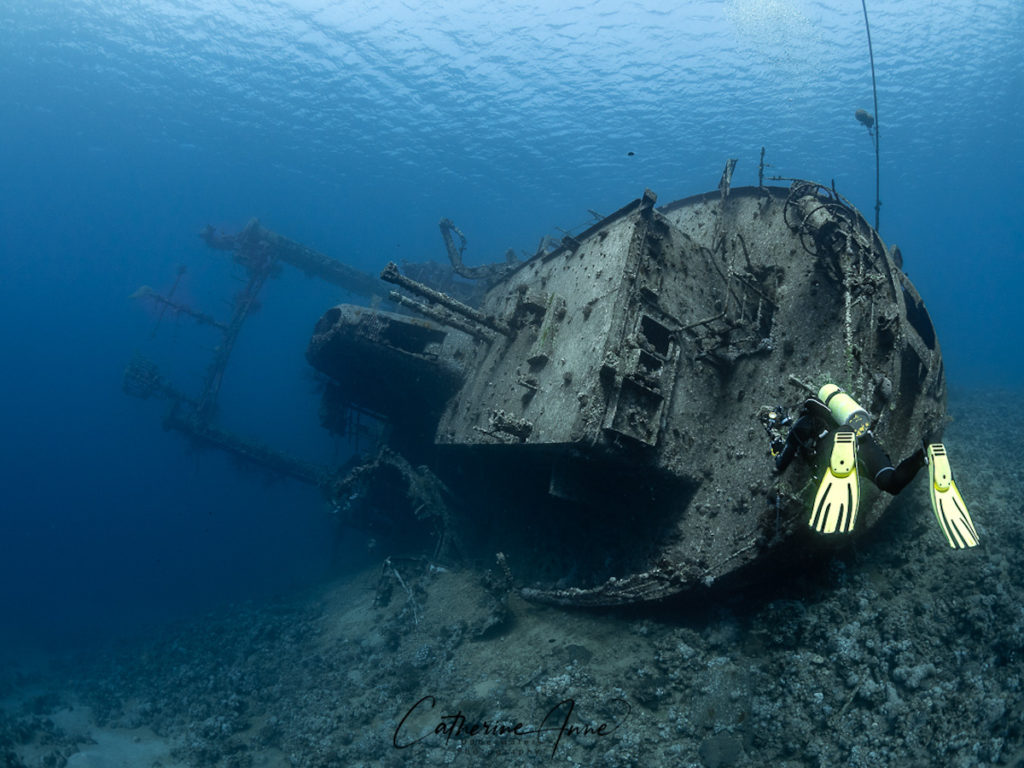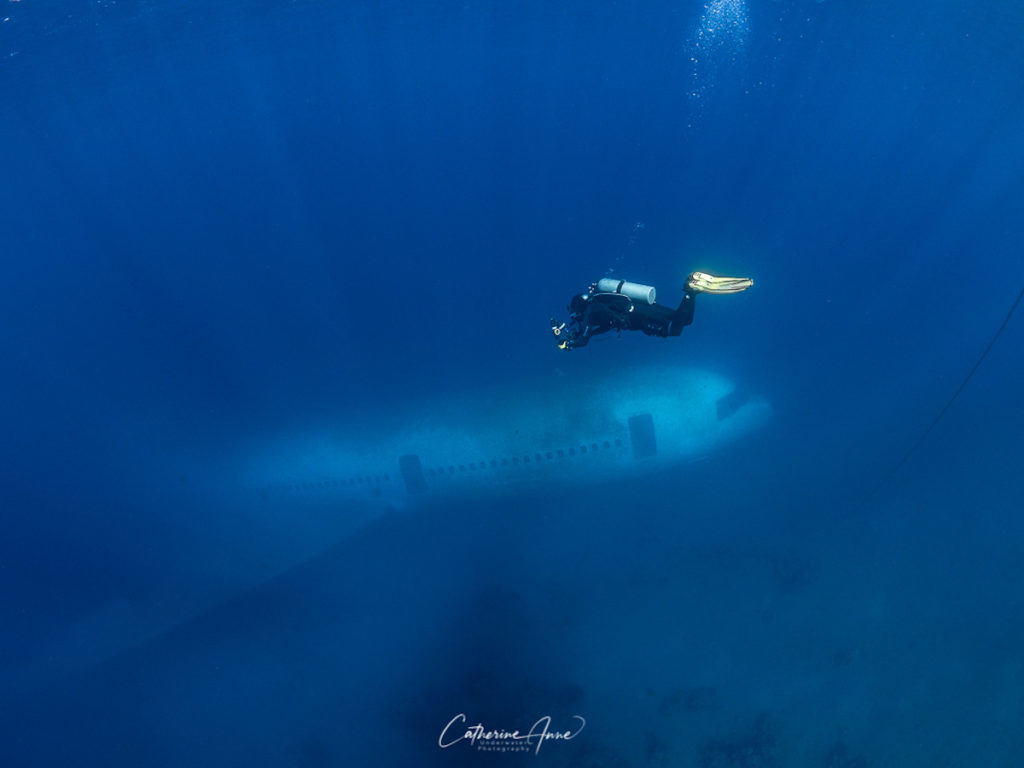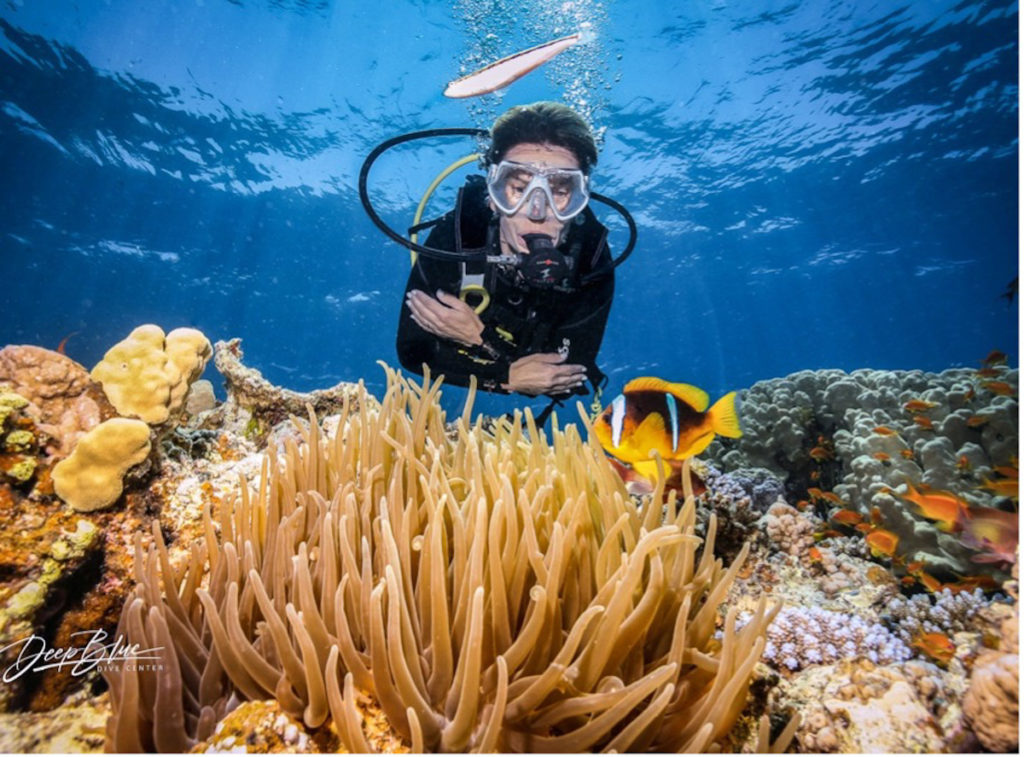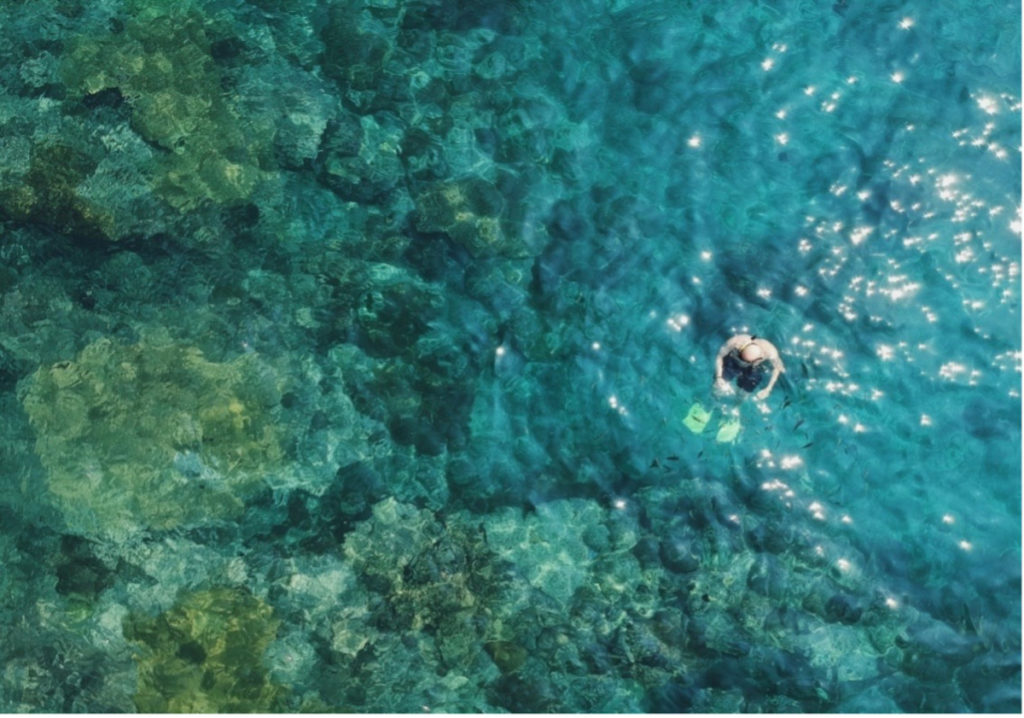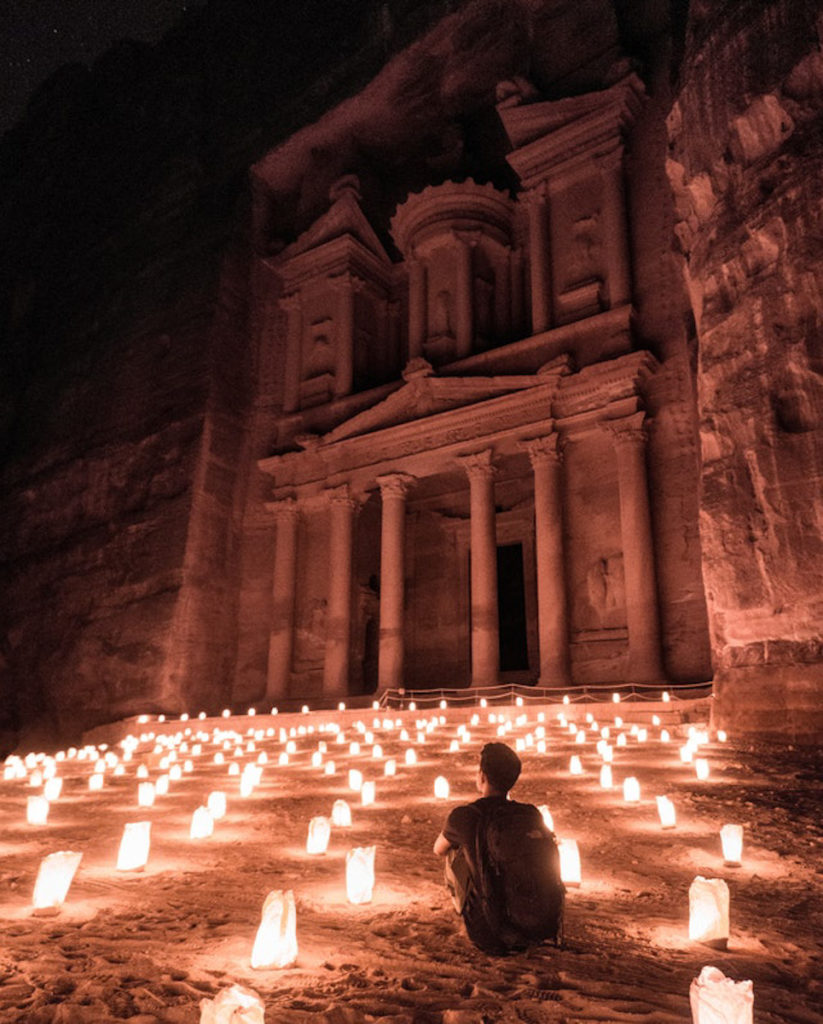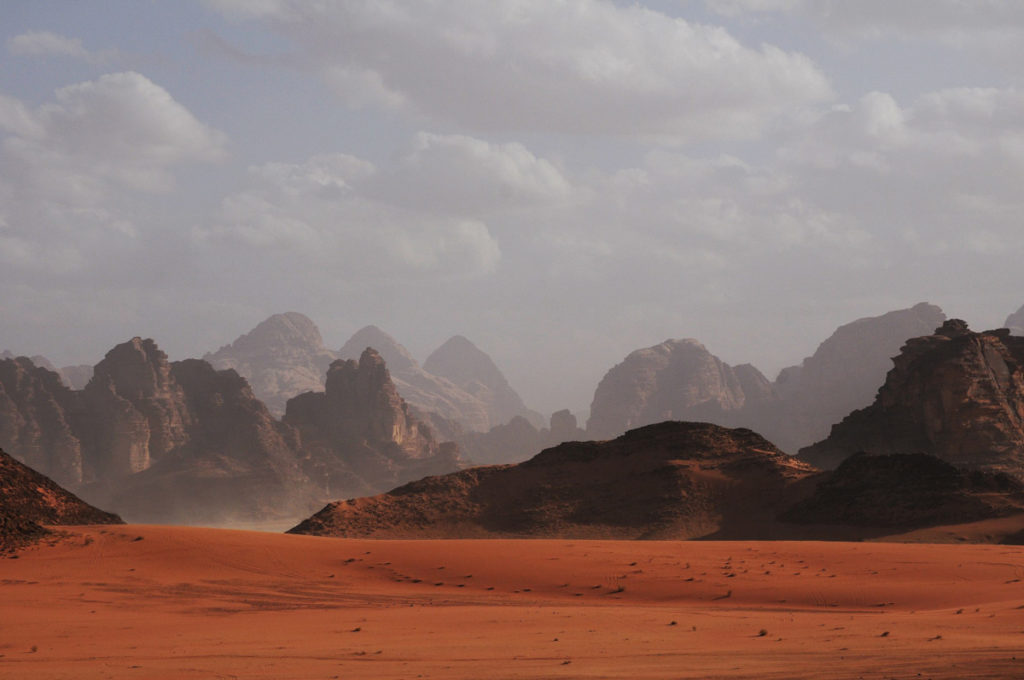Aqaba is one of the few places on earth where many people would consider diving. It’s possible you may have never considered it before. The city of Aqaba has an amazing coastline on the Red Sea, where there is a wide diversity of coral and marine life that is not found on many of the world’s beaches.
Scuba diving is a major source of tourism in Jordan, and tourists mainly come for scuba adventures, and thus there are many diving centers. Following are some of the top reasons you should consider visiting Aqaba for scuba diving and staying for several days to enjoy it all.
Great weather for diving year-round!
Summers in Aqaba are lengthy, hot, arid, and clear, while winters are chilly, dry, and mainly clear. The temperature normally ranges from 50°F to 103°F throughout the year, with temperatures rarely falling below 45°F or rising over 108°F. The best periods to visit Aqaba for warm weather activities are late April to mid-June and mid-September to early November. But many people, especially those from Europe, enjoy the winter diving as well as the water temperature usually doesn’t drop below 68°F. The maximum water temperature is 80-85°F in the summer months.
Marine Life at Its Best
Aqaba is home to more than 500 different coral species almost 1000 different fish species, including clownfish, butterflyfish, angelfish, and over 900 different shellfish and crabs. Hundreds of small, beautifully colored fish navigate through a maze of coral layers. There is a huge variety of hard corals such as cabbage and staghorn coral. And interspersed among all the hard coral are brightly colored soft corals that sway in the current.
Amazing Artificial Reefs
Aqaba has an extensive array of artificial reefs. King Abdullah started these to take the burden off the highly visited dive sites and attract divers who enjoy wreck diving. The first reef to be developed was the Cedar Pride Shipwreck, which was scuttled in 1985. It is a favorite among divers as this 80 meter ship is covered in hard and soft corals and inhabited by much marine life.
Next, the Hercules C130 plane was scuttled in 2017. This plane quickly became a well-visited site because divers and snorkelers could reach it from shore or boat. It isn’t deep so both divers and snorkelers enjoy this site.
Not far from the C130 is the American M42 Duster tank, commonly known as “The Tank” in Aqaba. The tank was sunk in 1999 on a shallow sandy reef not far from the shore at a depth of 6 meters. Divers and snorkelers love this site. Colorful hard corals cover the tank, which attracts a lot of fish.
The newest scuttles include the world’s only Underwater Military Museum and the Lockheed Martin Tristar passenger plane. Both these sites were developed in 2019 and are widely gaining interest among divers worldwide. The museum is especially a favorite site among military buffs and underwater photographers. They enjoy the 21 pieces of equipment arranged in “battle formation.”
The huge Tristar plane seats 400 passengers. The widebody passenger plane is a sight to behold underwater. Its white body shines up from the bottom as you descend. It’s a massive plane, and divers enjoy diving inside, looking at the cockpit, and ascending through the air intake adjacent to the motors inside.
Reefs That Delight
Following are some of the most popular natural reefs in Aqaba.
Japanese Garden
The Japanese Garden, which is famed for its gorgeous coral, is located near the Cedar Pride Wreck. There are amazing hard corals on this site that are inhabited by many different fish species and eels. And occasionally turtles are spotted here as well.
Yellowstone Reef
Divers and snorkelers can find a diverse range of marine species on this reef in front of the Tala Bay Resort. This reef has a lot of coral growth and a wide variety of marine life. You’ll notice a lot of seagrass at first, but as you dive deeper, the water will reveal its mysteries to you. Here you’ll find stingrays, octopuses, turtles. You may also see large fishes such as Napoleon wrasse, parrotfish, scorpionfish, and roving coral groupers. And everyone’s favorite fish, the clown anemonefish, is everywhere, along with bright orange anthias.
Blue Coral, All Floral
Blue Coral dive site has many blue corals and a good mix of seagrass meadows and sandy sections on the property. With delicate coral growth, the aquatic life has settled around coral heads, but there are also many fishes hiding in the seagrass. This location also has a diverse array of marine life and is fantastic for underwater photography.
Of course, after spending a good number of days diving the amazing Red Sea in Aqaba, it’s worth spending a day exploring Petra and then a night in Wadi Rum. Both these sites are a short distance from Aqaba. They are UNESCO World Heritage Sites and not to be missed!
If you want to go scuba diving in Aqaba, Deep Blue Dive Center is your guide. We’ve been delivering outstanding and professional services to divers from all over the world since 2008. PADI courses are available at all levels, from Discover Scuba Diving to PADI Instructor. We are one of Aqaba’s largest and most well-known dive centers, with a long history of providing excellent client service.



